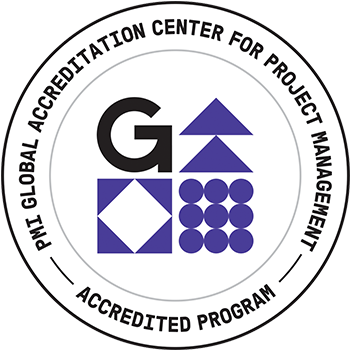Digital Transformation has become a trend in recent years, a product above all of the need to transform the core business of organizations or die trying. In 2018 alone, companies worldwide invested approximately $ 1.3 trillion (USD) in digital transformation initiatives to apply digital capabilities to improve the efficiency of their processes, increase customer value and create new business opportunities and According to a study by IDC (International Data Corporation) which is a US provider of market intelligence, advisory services and events for the information technology markets, global spending on digital transformation will reach more than $ 7.4 trillion in the next four years (2022 – 2026). Tragically, research and factual reality tells us that 70% of these initiatives will not achieve their stated goals. Why? What is happening in the transformation process? What is the key to success?
Business transformations
In today’s competitive business world, digital transformation is the top strategic priority for every organization. However, the concept is confusing and intricate. Digital transformation involves managing the existing business and building for the future at the same time, sort of like changing the engine of the airplane during the flight. Some transformation cases include: Asset instrumentation, autonomous mining, augmented virtual experience, autonomous supply network optimization, digitized workforce management optimization, emergency response system, digital marketing, smart storage and others.
According to the Global Guide to Digital Transformation Spending, the main sectors that have embarked on the process are: banking, insurance, securities and investments, construction, resource industries, retail, wholesale (enterprise), professional services. , personal and consumer services, transportation, health sector, central government, state / local government, education.
key take-aways for a sucessful digital business transformation:
1. Review the business model (why).
2. Define the strategy (what).
3. Check if they have the appropriate infrastructure (how).
4. Measure progress and results (where).
PMI Talent Triangle: Strategic and Business Management (Business Acumen)

